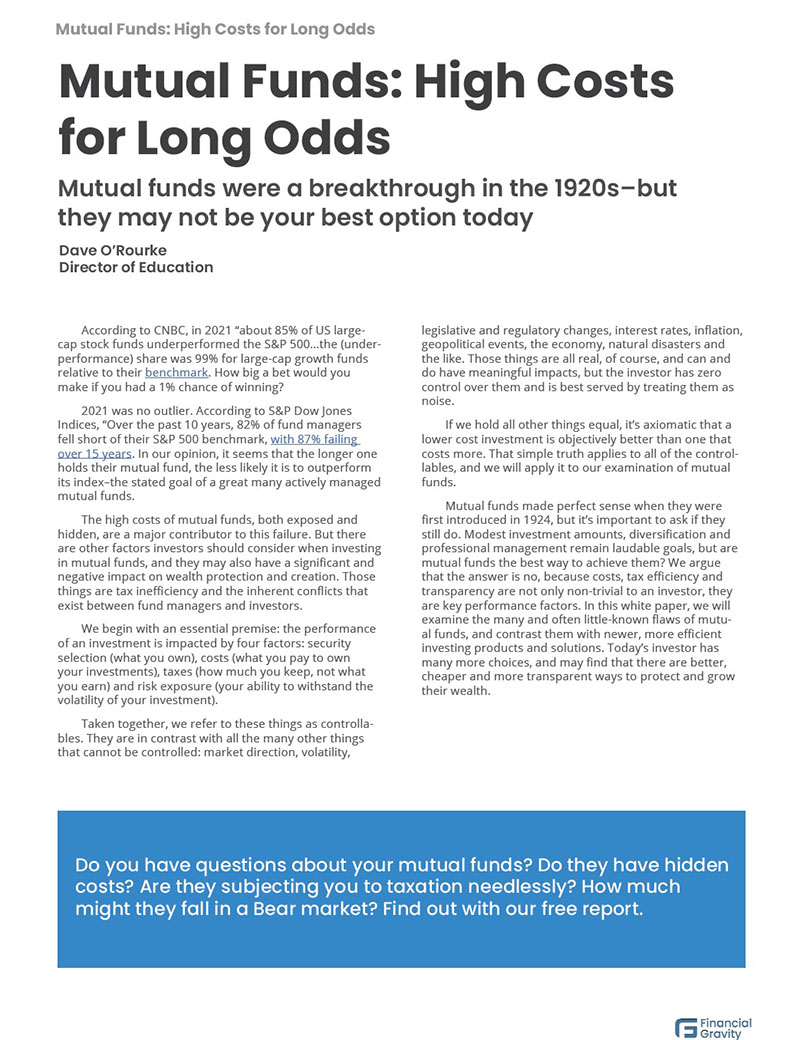We counsel against making predictions when it comes to investing. We are unaware of any reliable method to predict things like market direction or volatility, let alone the behavior of any given stock. Just ask the hordes of day traders who have lost it all speculating on intraday moves.
On the Money magazine reports that “studies have shown that more than 97% of day traders lose money over time, and less than 1% of day traders are actually profitable. Almost everyone who attempts to day trade fails.” We suspect that those few who do profit are most likely simply lucky rather than good.
In politics and money, the emotional stakes can be quite high. Both subjects can cause a rush of hormonal responses that trigger mood swings that, in turn, can lead to actions. That’s just the human condition. The Family Office Chronicle carefully avoids anything resembling partisanship, but we are concerned that some investors may let the fever pitch of this election season affect their decisions about portfolio allocations.
Historically speaking, that would be a big mistake. A very big mistake.
Politics and Portfolios Don’t Mix
The slogan “Stay the course” is attributed to George H.W. Bush during the 1988 election season, but it was really made into a meme by Dana Carvey playing Bush on Saturday Night Live against Jon Lovitz’s Michael Dukakis. If you could use a little comic relief in this rough and tumble political environment, we recommend you look up the skit on YouTube.
The phrase “the most important election of our lifetime” has come up again this season, and we suspect it will during every election forevermore. One can’t blame our citizens for some concerns about their financial security. Fear is a tool that politicians use to motivate voters.
So, which party is better for your portfolio? The answers may surprise you.
The Schwab Center for Financial Research, using data provided by Morningstar, calculated what the difference would be under three different scenarios where $10,000 in domestic large-cap stocks were invested during the period of January 1st, 1961 through December 31, 2023. Two of the scenarios are investing only when a Democrat or Republican is President. The third examines the result of simply staying invested.
Democrat years did better, largely because of the George W. Bush presidency, both terms of which produced overall negative returns. Bush has the unfortunate distinction of having presided during the two worst Bear markets of this century, the Tech Wreck and the Great Recession.
That $10,000 invested during Republican administrations would have compounded at 3.82% and ended the period at $102,293. The Democrat years were better, compounding at 6.51% and ending at $500,476. Keep in mind that in both cases, the buying and selling would have incurred trading expenses and produced a tax bill in non-qualified accounts.
In the third scenario, the Rip Van Winkle approach, the end result would be $5,119,520, a growth rate of 10.59%. That is over ten times the money, with zero trading costs and, unless the portfolio was liquidated, a zero tax bill.
We’ve noted in past editions that predicting our presidential elections has been very difficult historically, and many professional polling organizations have gotten them wrong. Even those who have predicted the winners would then have the burden of predicting how the markets would subsequently react.
The last three general elections were extremely close. The losers in all three went into Election Day believing they would win. The subsequent years, 2013, 2017, and 2021, produced average annual gains well north of 20%.
Control the Controllables
Heated rhetoric and predictions of disaster are part of every election, yet the American financial house has continued to prosper through it all. Not just the elections themselves, but recessions, a depression, multiple wars, natural disasters, and even a pandemic. Here’s the big takeaway: you have control over zero of those things.
Investors can only control a small handful of things, but those things can make a huge difference to your financial security. Chief among these is the discipline to avoid making predictions, either about events or outcomes. Even when you’re right, as would have been the case if you’d guessed Democrat regimes produced better results in the example above, acting on that prediction would have cost you over 90% of the return that was on the table.
Another key controllable is taxes, and the impact can be extremely significant, particularly when combined with timing discipline. Vanguard has determined that a combination of tax location and trading strategies and behavioral control can produce and even exceed 3% of a portfolio’s net return.
Three percent is greater than the difference in the party-in-power example we cited above. Remember that the 2.69% return advantage in the Schwab study produced almost five times the ending balance.
There are weeks to go until the election, and we have no doubt that many predictions will be made. Some will be correct, while many will not. But we are comfortable making one prediction: investors who can block out all the noise, avoid market timing, and employ intelligent tax strategies, are likely to do just fine.
Here’s a suggestion: This is a very good time of year to think about and plan for future taxable events, such as the disposal of low-basis assets or the use of qualified plans for income in retirement. If you would like to gain greater control over your potential tax liabilities, you may benefit from our complementary Taxes First, Then Math™ analysis.


